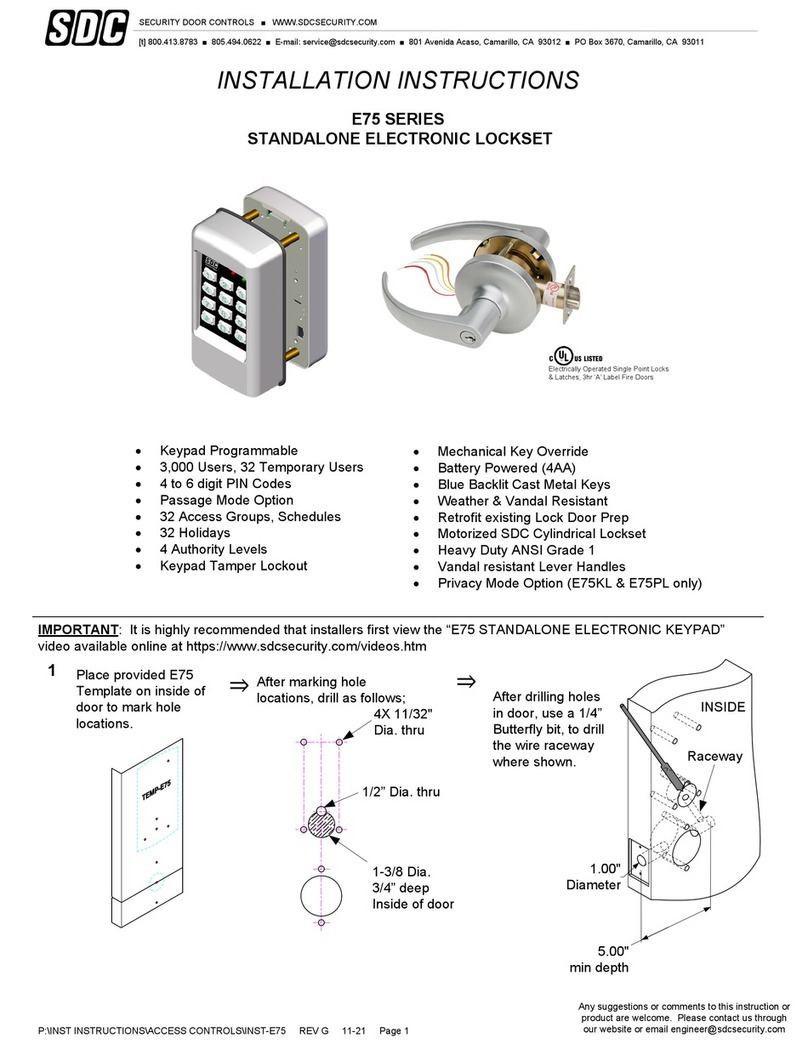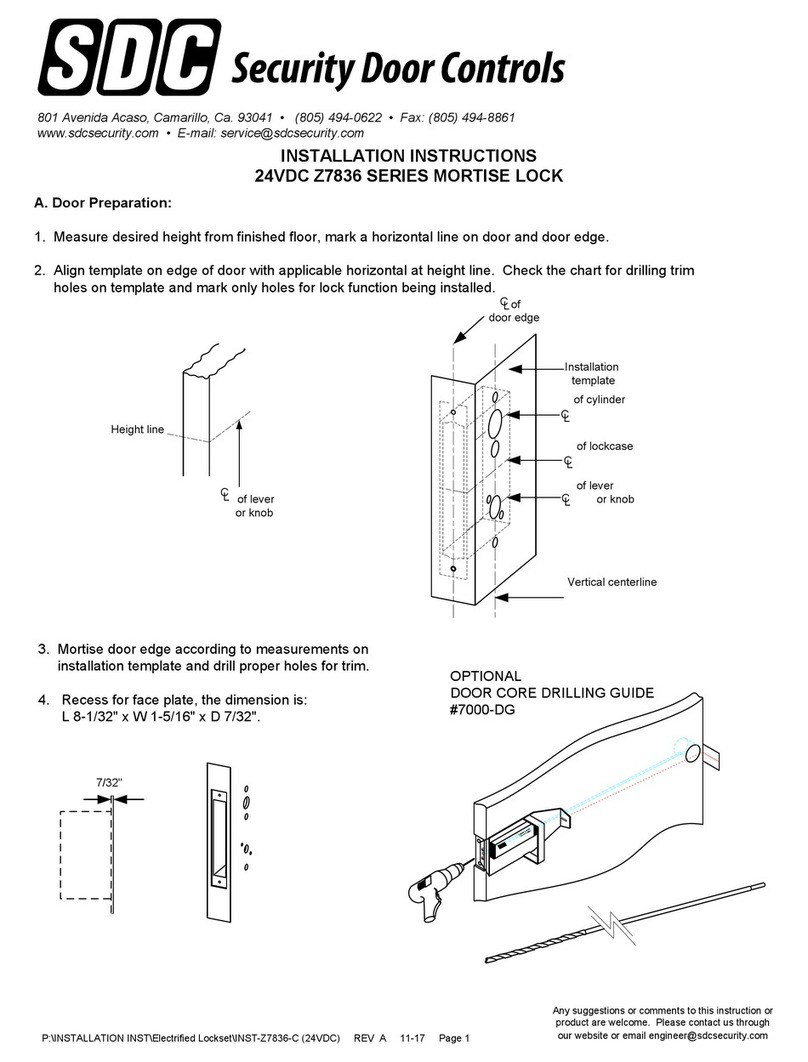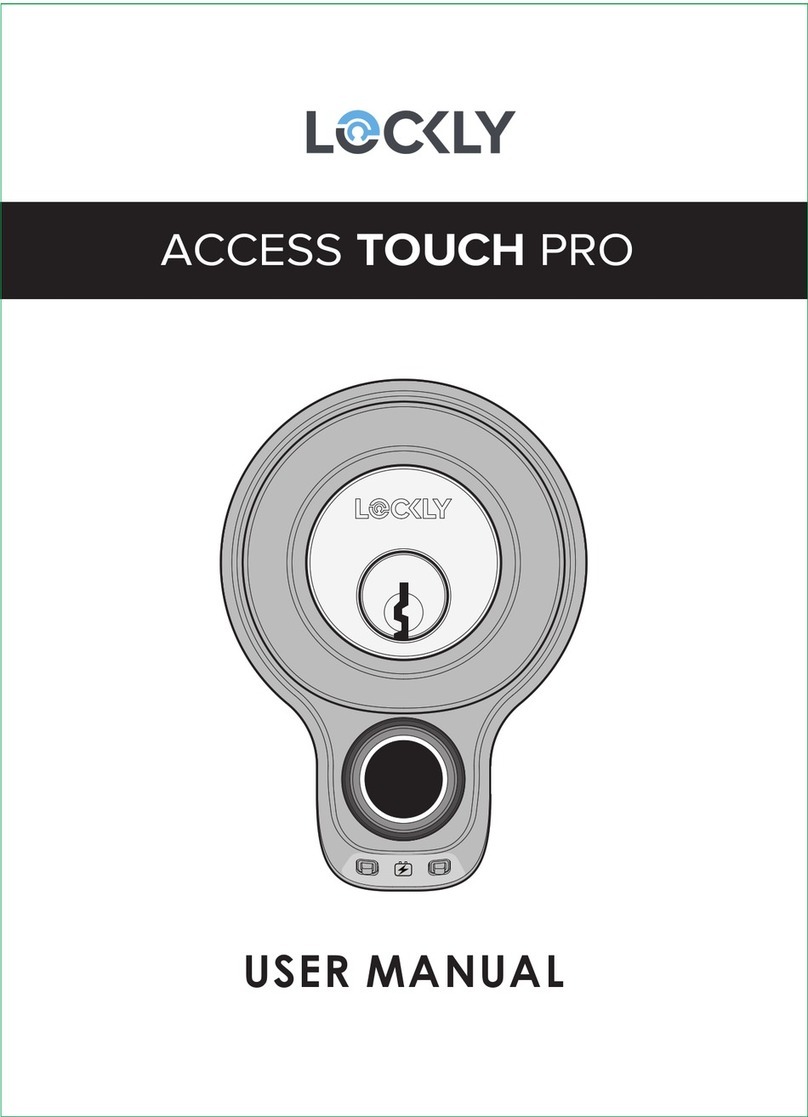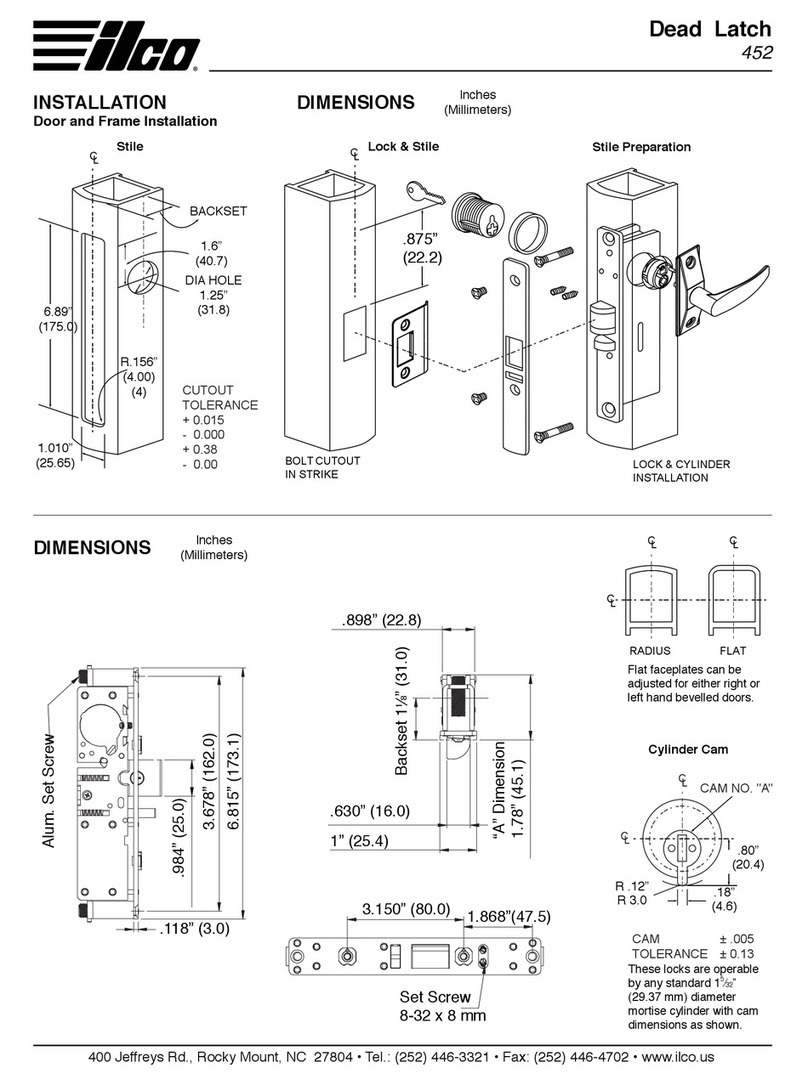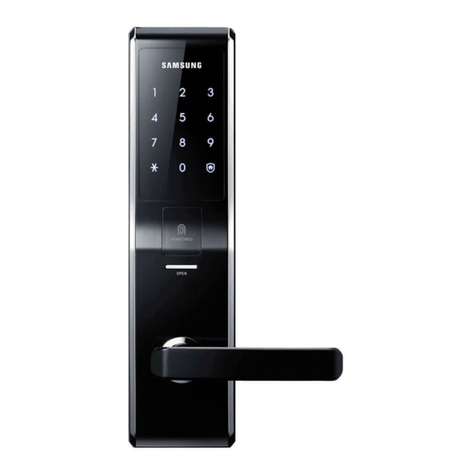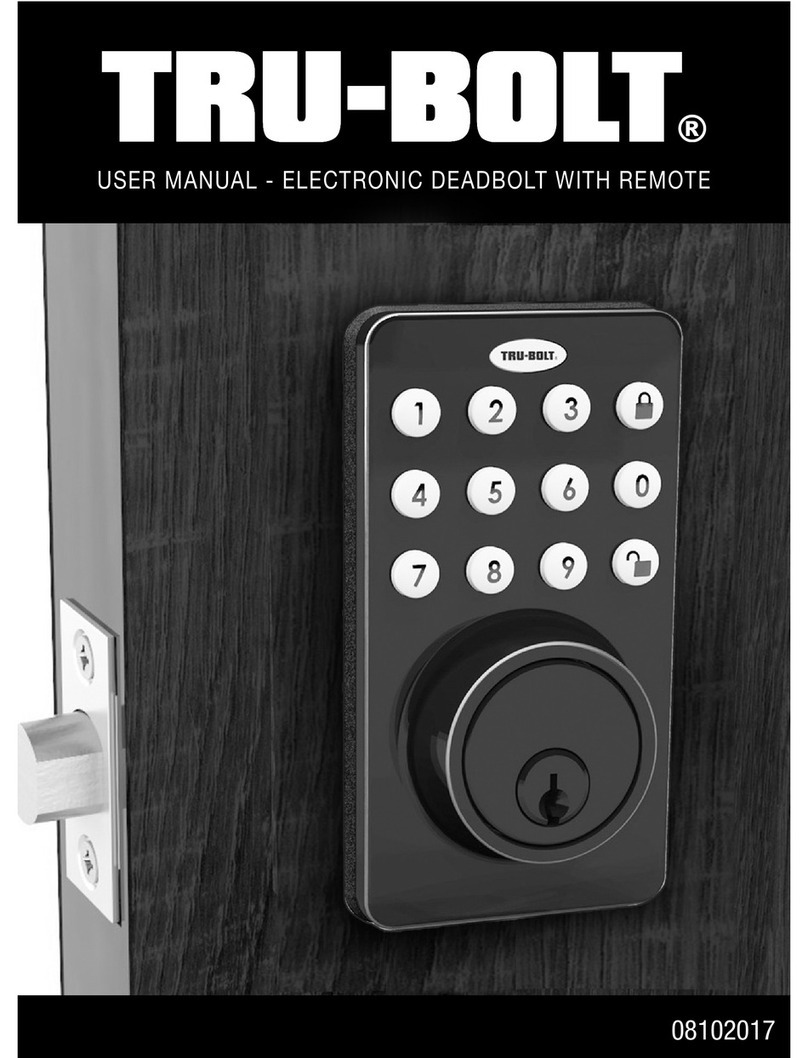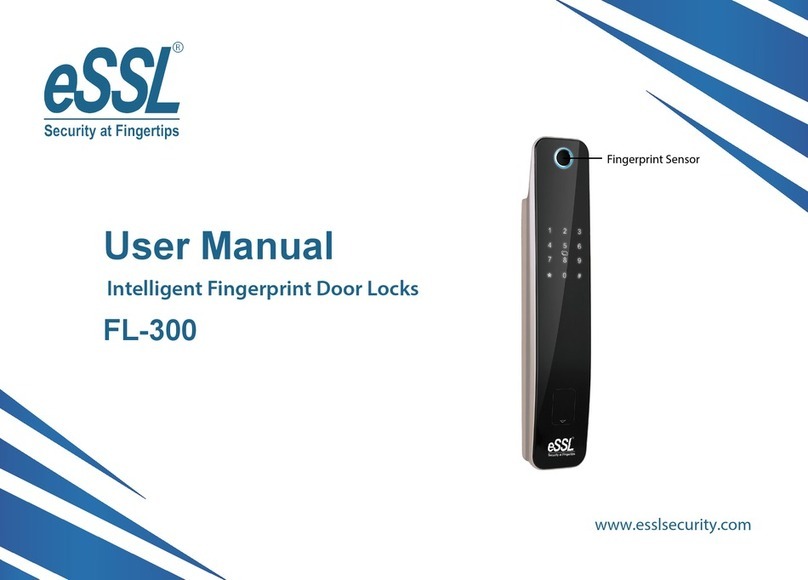SDC ZA7200 Series User manual
Other SDC Door Lock manuals
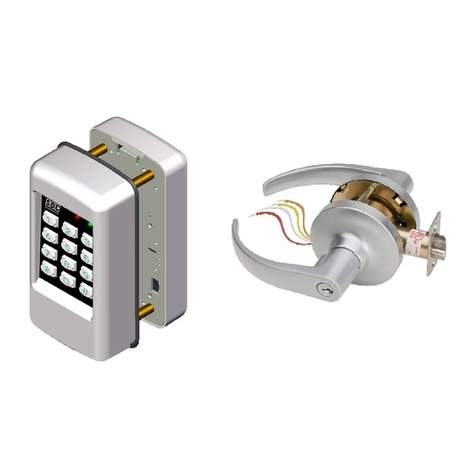
SDC
SDC E75 Series User manual
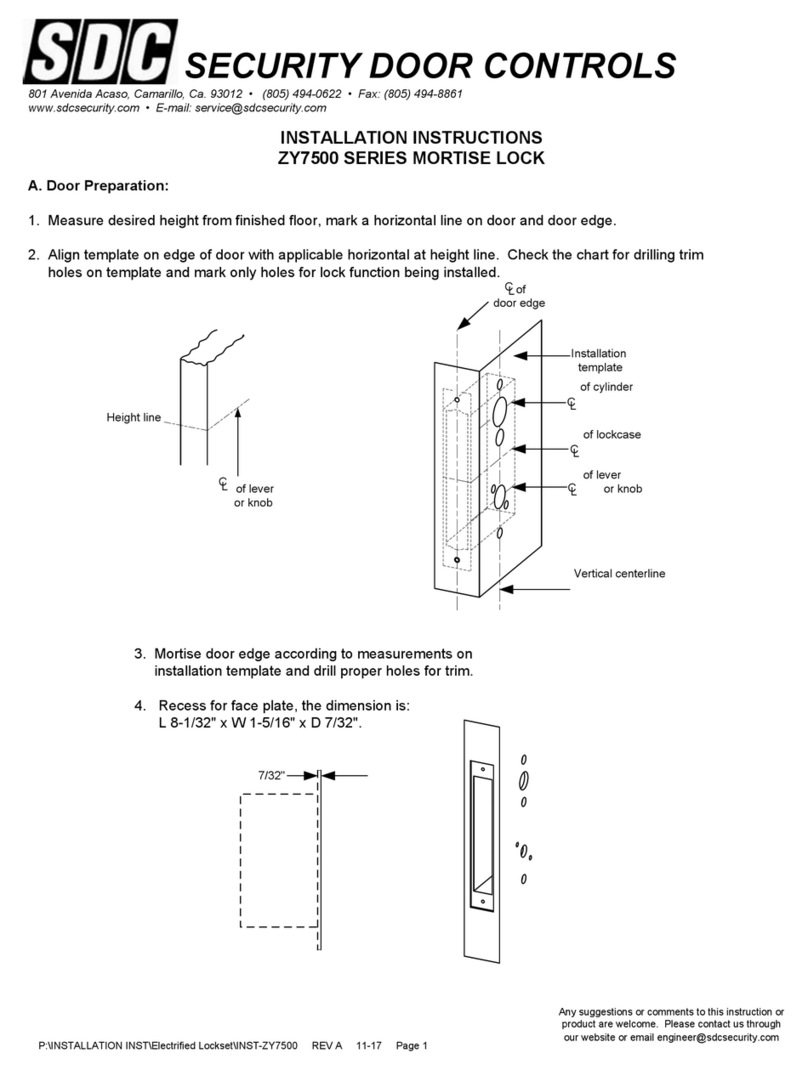
SDC
SDC ZY7500 Series User manual
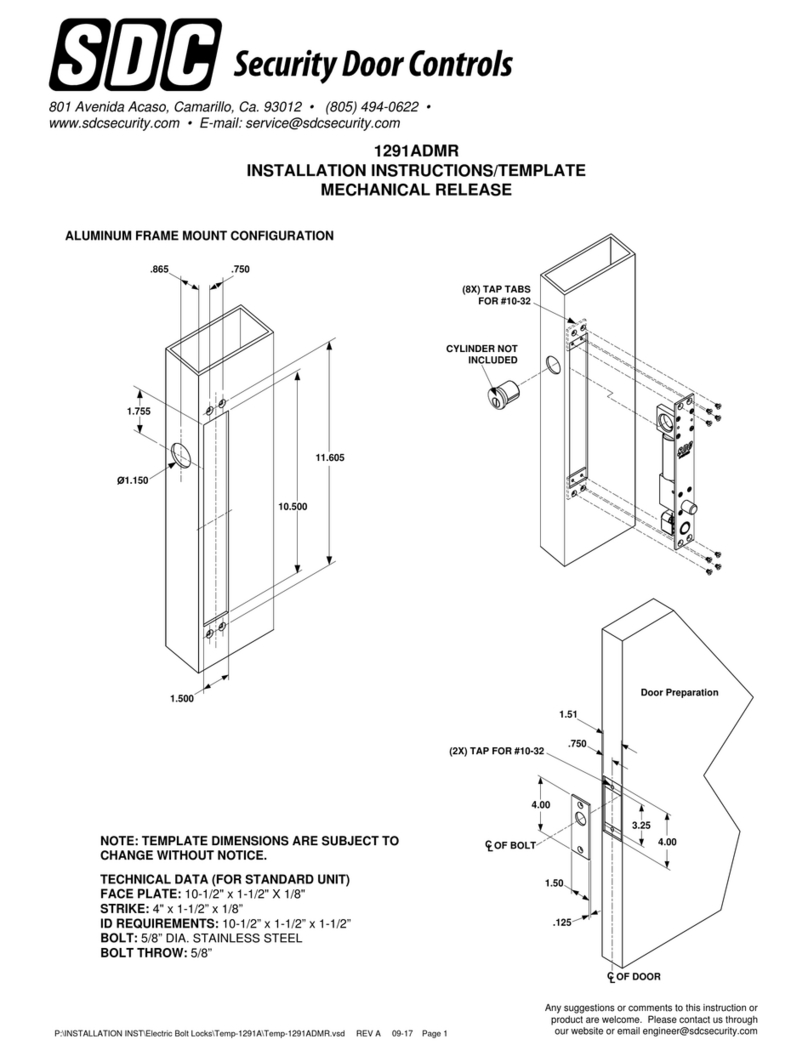
SDC
SDC 1291 ADMR Spacesaver User manual
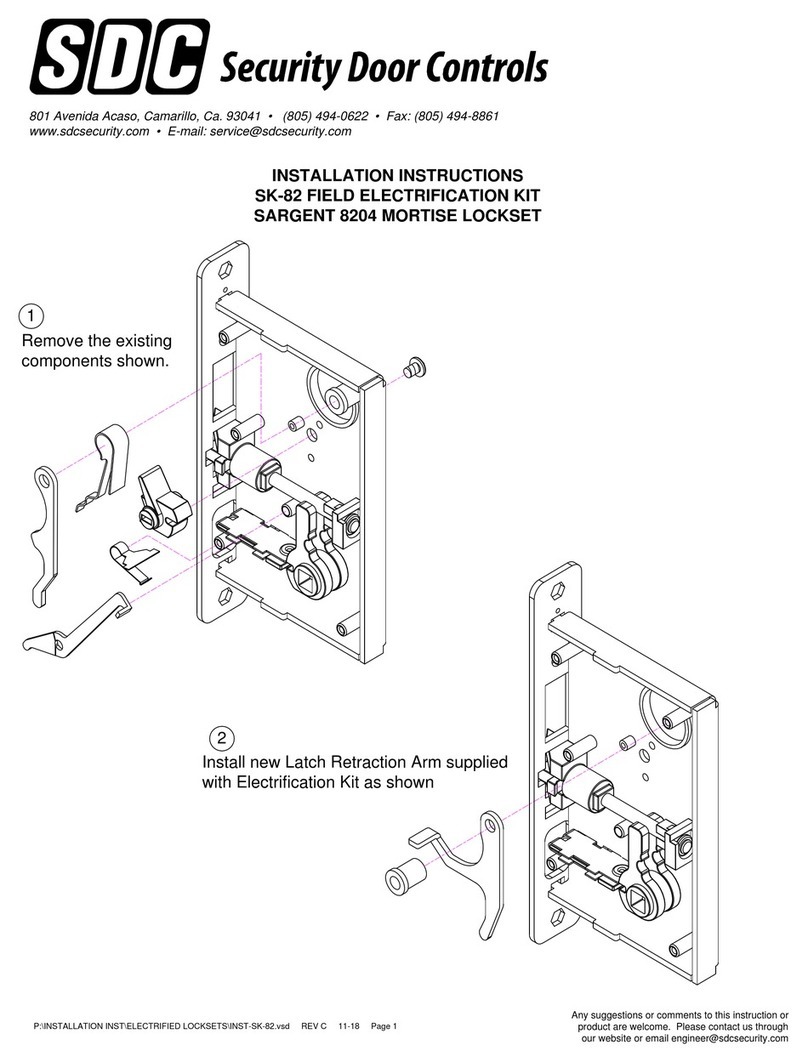
SDC
SDC SK-82 User manual
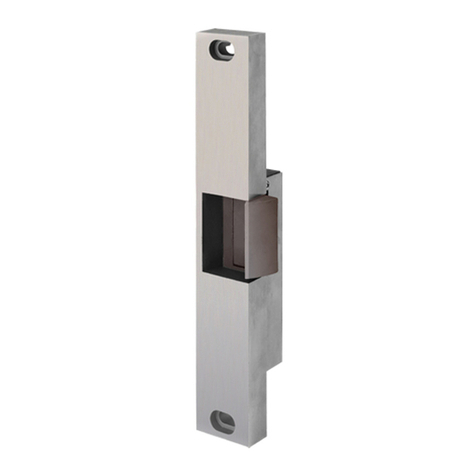
SDC
SDC 30-4 User manual
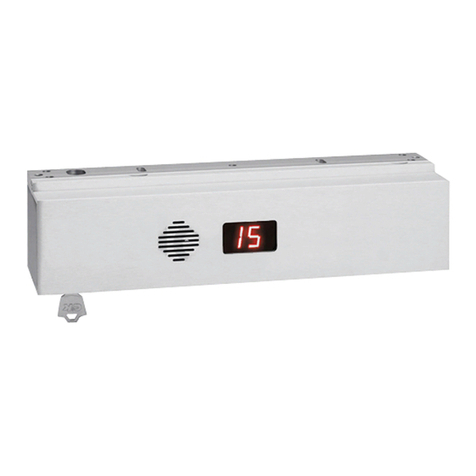
SDC
SDC 1511S User manual

SDC
SDC Z7500 Series User manual
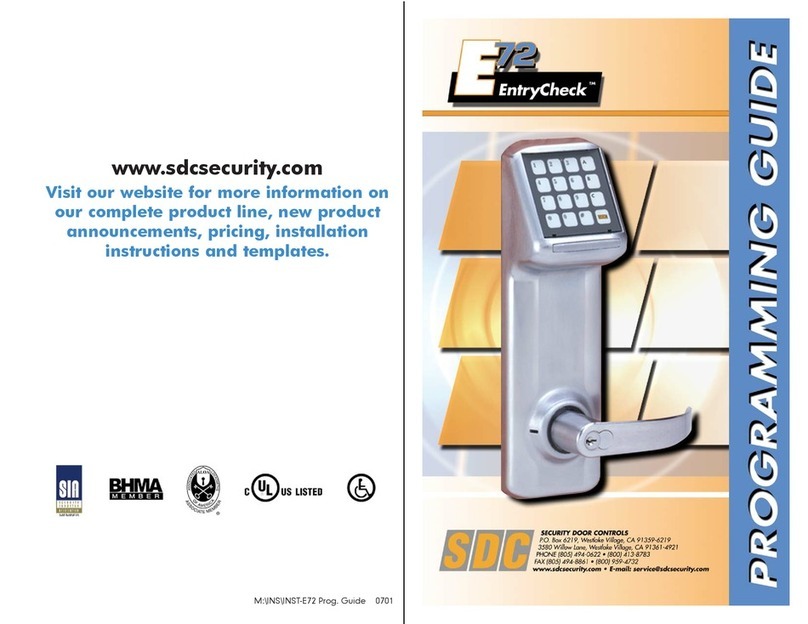
SDC
SDC E72 EntryCheck Troubleshooting guide
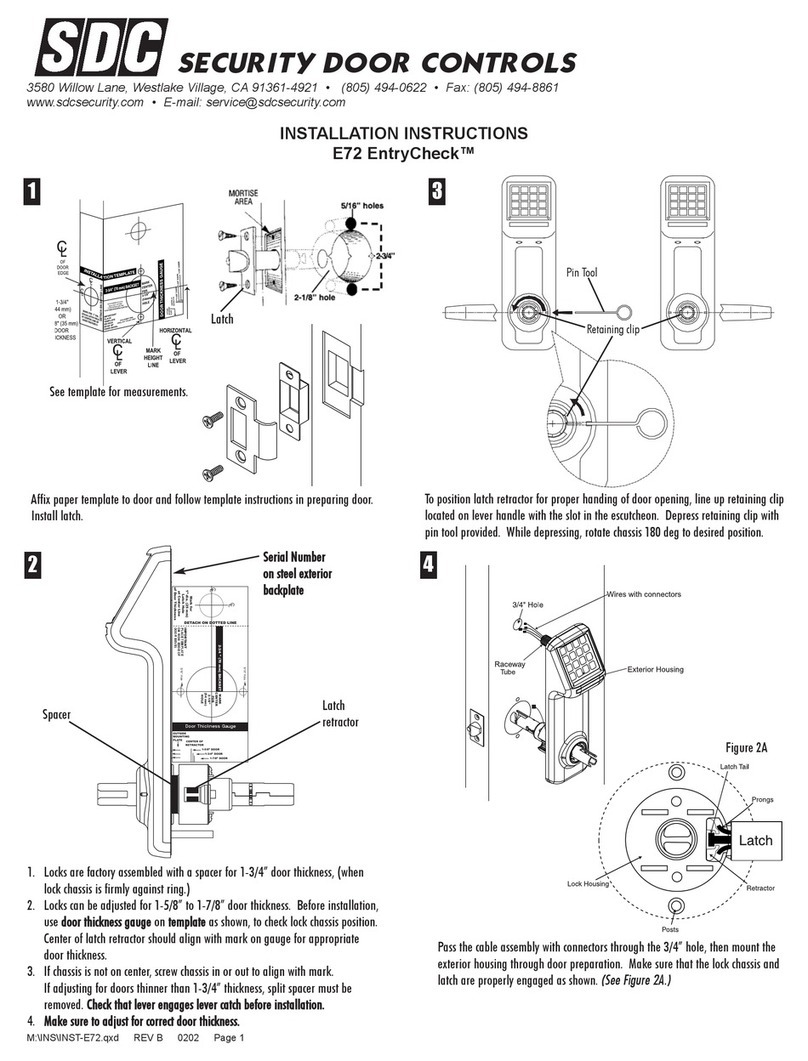
SDC
SDC E72 EntryCheck User manual
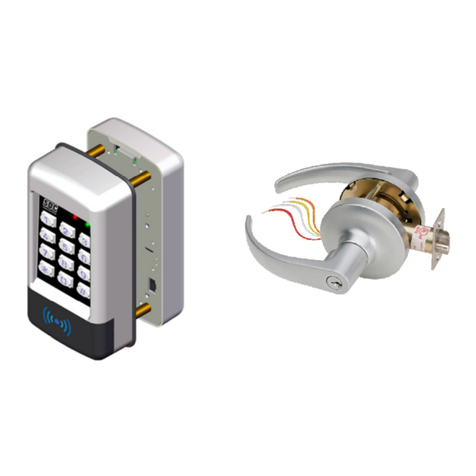
SDC
SDC E70PS Series Owner's manual
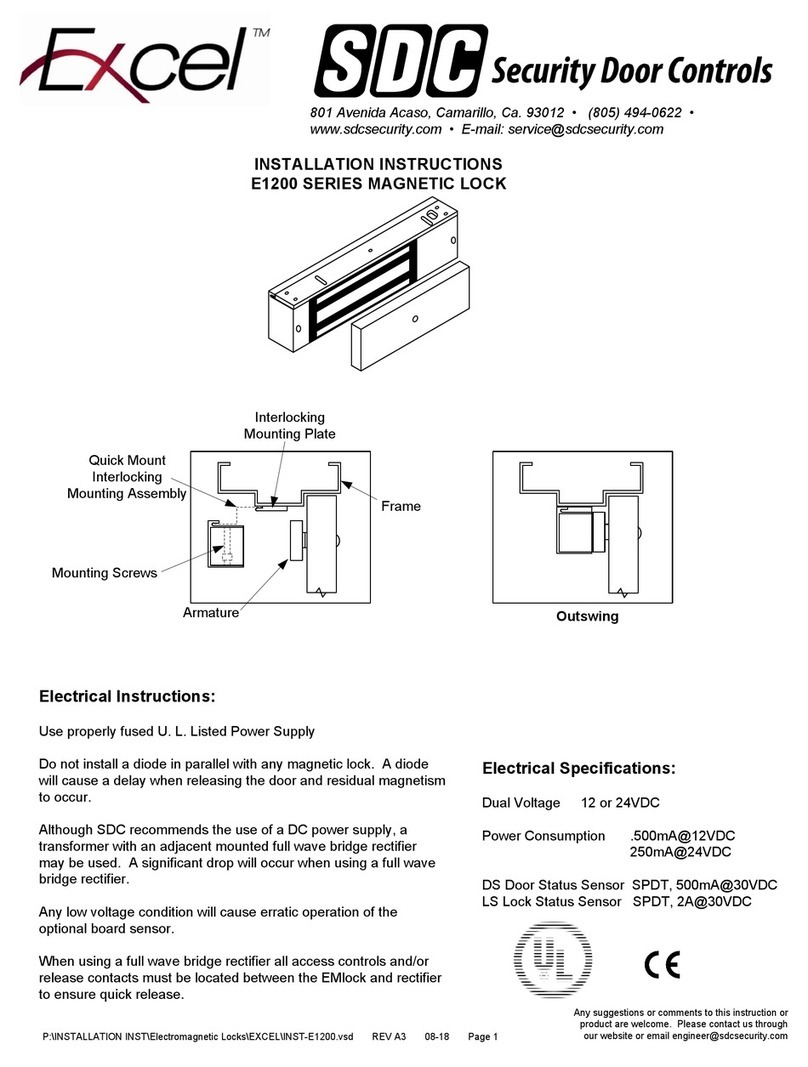
SDC
SDC Excel E1200 Series User manual
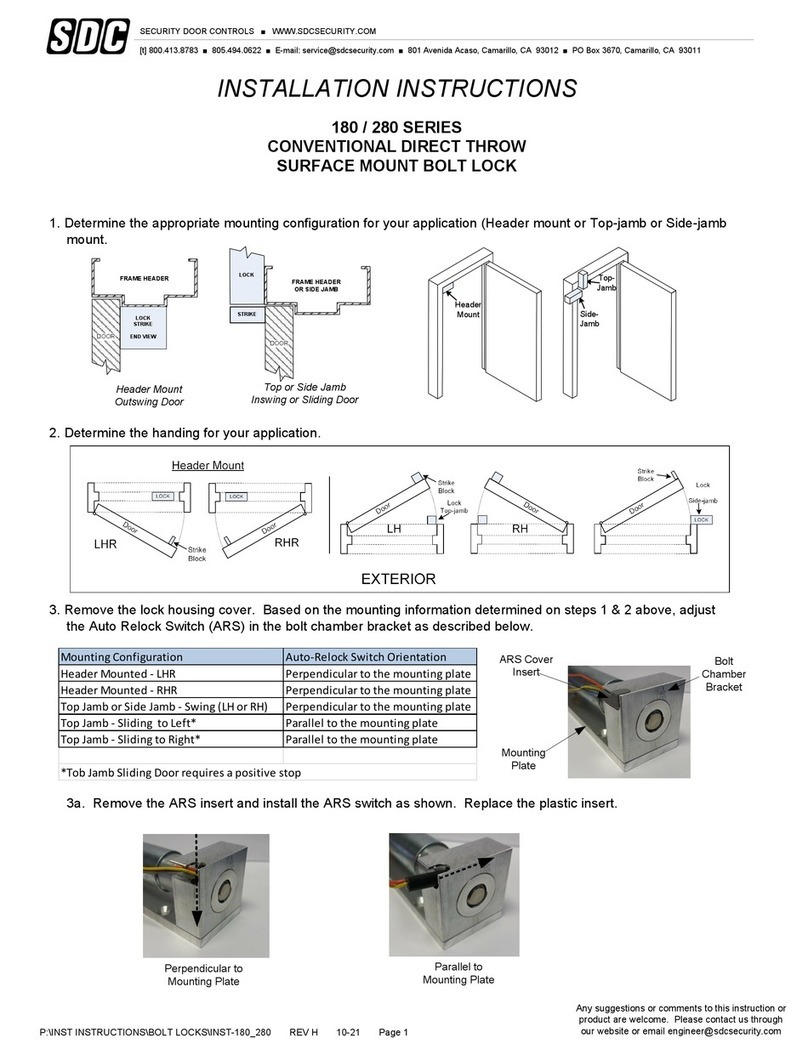
SDC
SDC 180 Series User manual
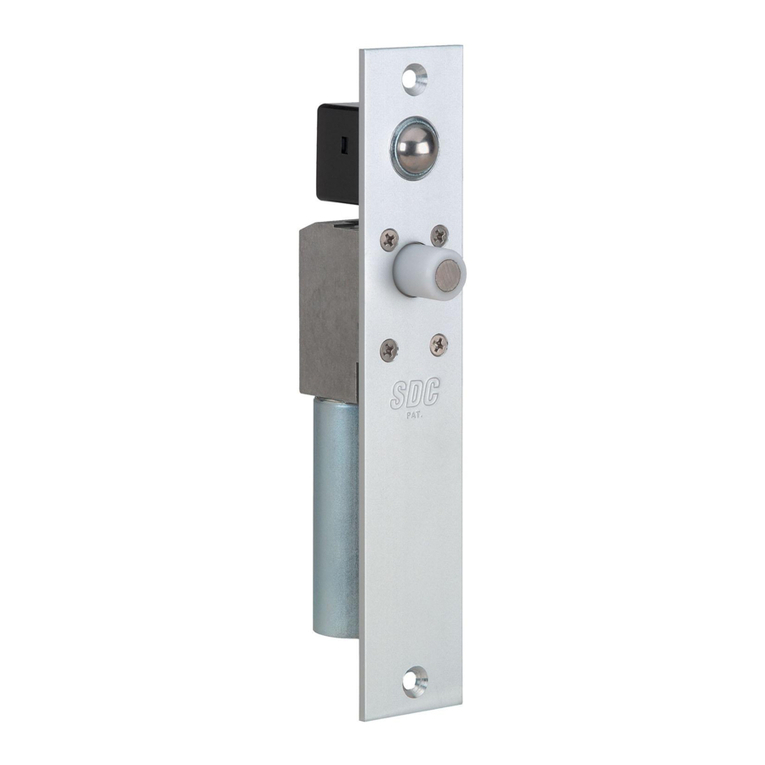
SDC
SDC 1190A Series User manual
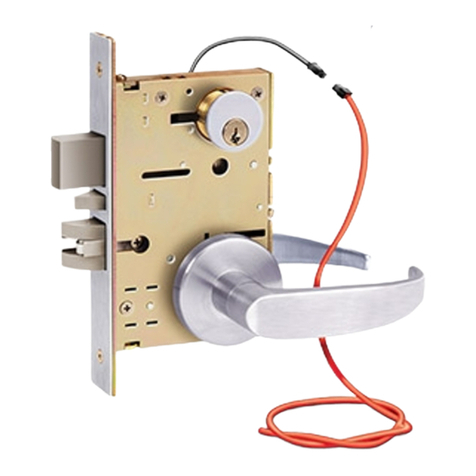
SDC
SDC Z7870 User manual

SDC
SDC S6300 Series User manual
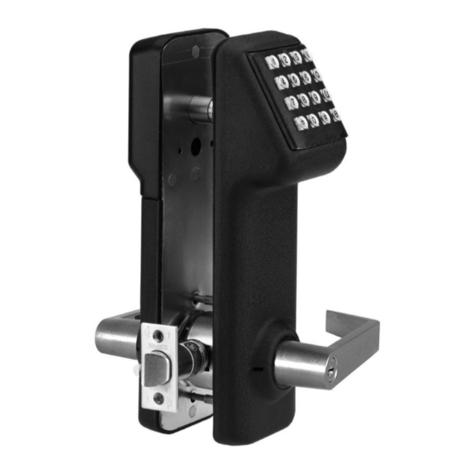
SDC
SDC E72K-A CIVIC SERIES Installation manual
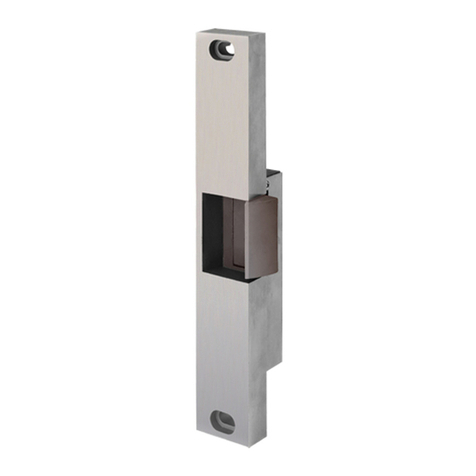
SDC
SDC 30-4-12 User manual
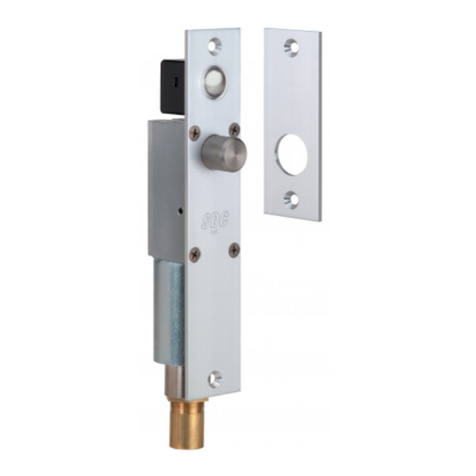
SDC
SDC PD2090A User manual

SDC
SDC 1511S Instruction Manual
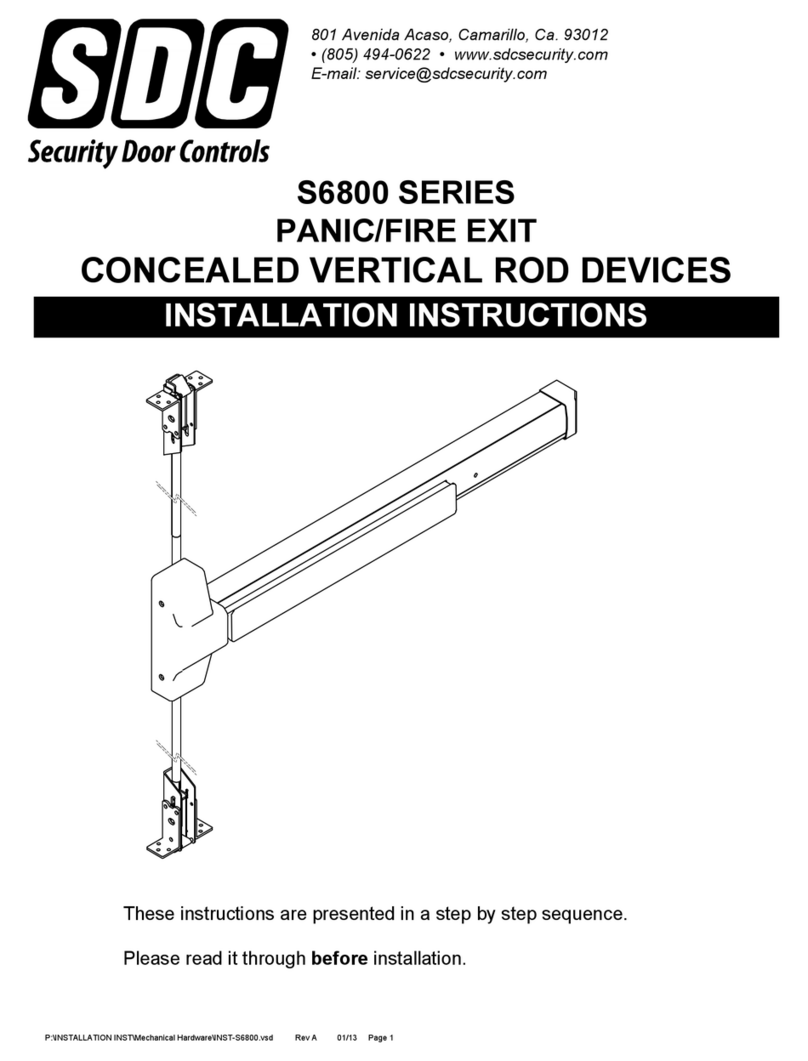
SDC
SDC S6800 Series Quick start guide

